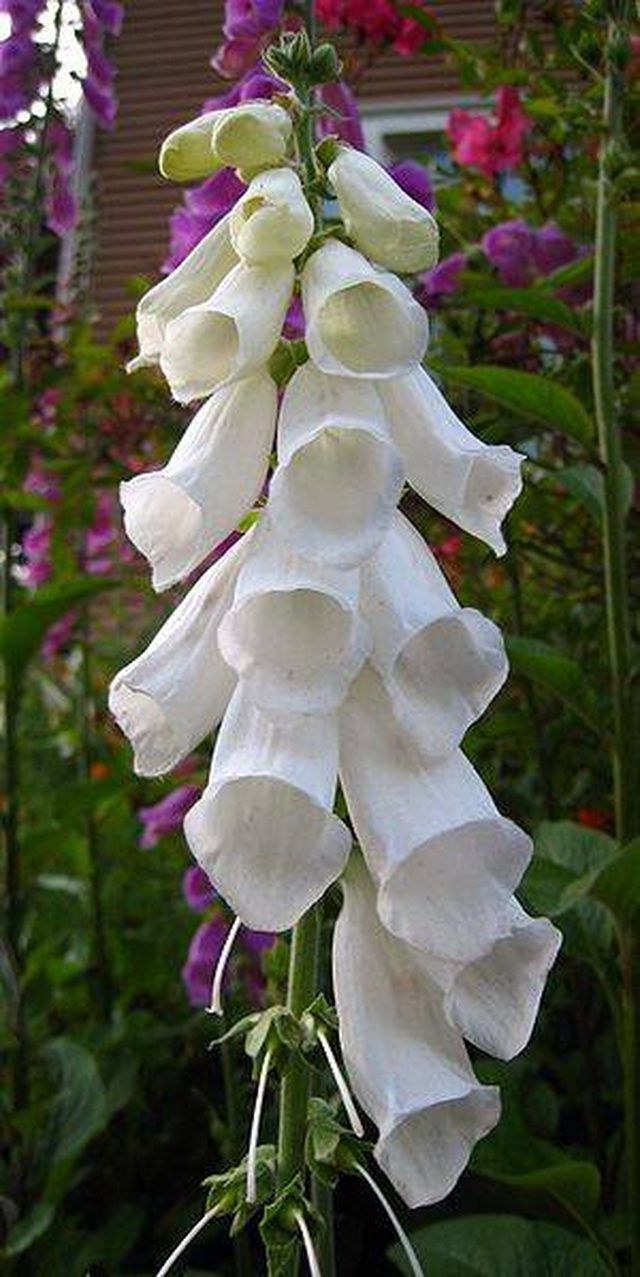Bulbs
Flower Basics
Flower Beds & Specialty Gardens
Flower Garden
Garden Furniture
Garden Gnomes
Garden Seeds
Garden Sheds
Garden Statues
Garden Tools & Supplies
Gardening Basics
Green & Organic
Groundcovers & Vines
Growing Annuals
Growing Basil
Growing Beans
Growing Berries
Growing Blueberries
Growing Cactus
Growing Corn
Growing Cotton
Growing Edibles
Growing Flowers
Growing Garlic
Growing Grapes
Growing Grass
Growing Herbs
Growing Jasmine
Growing Mint
Growing Mushrooms
Orchids
Growing Peanuts
Growing Perennials
Growing Plants
Growing Rosemary
Growing Roses
Growing Strawberries
Growing Sunflowers
Growing Thyme
Growing Tomatoes
Growing Tulips
Growing Vegetables
Herb Basics
Herb Garden
Indoor Growing
Landscaping Basics
Landscaping Patios
Landscaping Plants
Landscaping Shrubs
Landscaping Trees
Landscaping Walks & Pathways
Lawn Basics
Lawn Maintenance
Lawn Mowers
Lawn Ornaments
Lawn Planting
Lawn Tools
Outdoor Growing
Overall Landscape Planning
Pests, Weeds & Problems
Plant Basics
Rock Garden
Rose Garden
Shrubs
Soil
Specialty Gardens
Trees
Vegetable Garden
Yard Maintenance
About Foxgloves
About Foxgloves. The colorful foxglove is a beautiful and dramatic plant that is easy to grow, but it is not for everyone. Foxgloves have a hidden danger, and care needs to be taken if you want to add them to the garden.

The colorful foxglove is a beautiful and dramatic plant that is easy to grow, but it is not for everyone. Foxgloves have a hidden danger, and care needs to be taken if you want to add them to the garden.
Features
Foxgloves come is a wide variety of colors--white, yellow, pink, rose, red, lavender and purple. Foxgloves grow anywhere from 2 to 6 feet high with spikes. Foxgloves may be biannual, meaning they have a lifespan of 2 years, or perennial because they self seed well. When the 1st plant dies back, there will be others to take its place. The flowers are about the size of a thimble and, in most varieties, grow on 1 side of the stalk and face downward.
Species
There are many varieties of foxglove, including the common foxglove which can grow as tall as 5 feet. The "Shirley" selection produces flowers in pastel colors; "Foxy" grows to about 3 feet; "Excelsior" is one with flowers on all sides that face outward; and "Alba" is white or cream colored. Other selections include "Rusty," which grows as tall as 6 feet; "Yellow" which grows to 3 feet and has honey-colored flowers; and "Merton" which grows to 3 feet with deep-red flowers.
Growing
Foxglove can be grown in most regions of the United States (with the exceptions of the far north, Florida and the Gulf Coast). They like well-drained but moist soil and a good layer of mulch. Start the seeds inside and when they are ready, plant them 15 to 18 inches apart. Some varieties can be divided into more than 1 plant. Make sure to divide them every 3 or 4 years to prevent overcrowding.
Uses
Most foxgloves are used as background plants in gardens because of their height. Also a shade-loving plant, foxgloves are perfect for under trees and in wooded areas. It is also grown commercially and is the source of heart medications like digoxin and digitoxin.
Warning
Foxgloves, both the flowers and the leaves, are highly toxic. They should not be planted anywhere a child or animal can get to it. The digitalis that the Foxglove produces is the culprit. The symptoms include hives and rashes that progress to a sore and swollen throat, even pneumonia. Eating the leaves can be fatal as well.